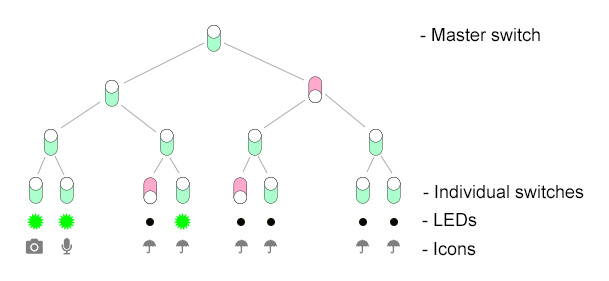Hi, this page https://puri.sm/shop/librem-5/ says that Librem 5 will have Hardware Kill Switches for Camera, Microphone, WiFi/Bluetooth, and Baseband.
However, even gyroscope can be used to capture sound data and then extract information:
https://forums.puri.sm/t/librem-5-and-11-12-may-need-gyroscope-hardware-kill-switch/2403
And even speakers can be used to extract data from devices:
https://github.com/romanz/amodem/
https://www.qubes-os.org/news/2016/07/21/new-hw-certification-for-q4/
In this thread there is a suggestion to include kill switches in form of fancy sliders on the back of the phone:
https://forums.puri.sm/t/killswitch-design-submission-central-panel/1735
https://forums.puri.sm/uploads/default/original/1X/d1942b6a26e243129ddbb09a8306806d5e73871d.png
A) What is the final decision about which kill switches will be available on the device?
B) What is the final decision about the form of kill switches?
PS. I think that it is important to have choice which peripherals are enabled because each of them has own security/privacy risks.
Also I think that speakers are overrated nowadays - many technical people I know use Quiet mode (sound off) with vibrations in standard situations because it does not disturb others. And practically nobody uses device speakers for music because the sound quality is usually low.
There are of course exceptions and if people have speaker kill switch, they could forget to enable it after they enable the software switch. However this can be easily detected by software and users can be notified.
Thank you


